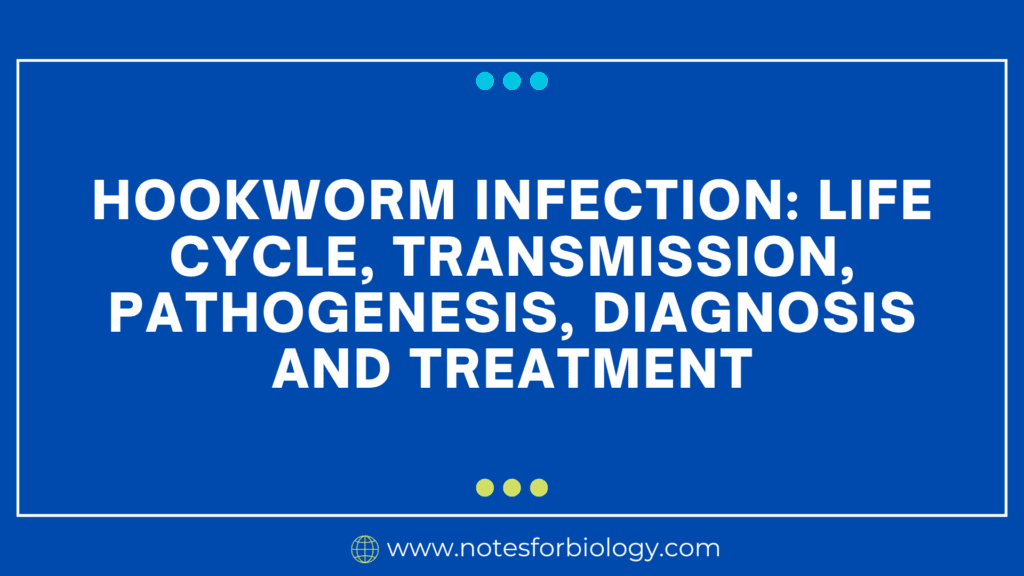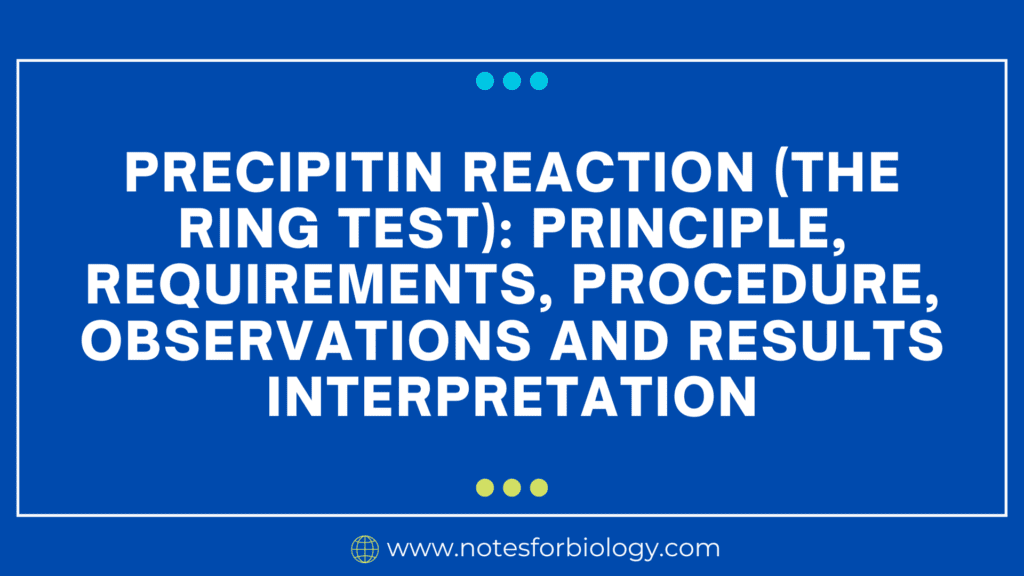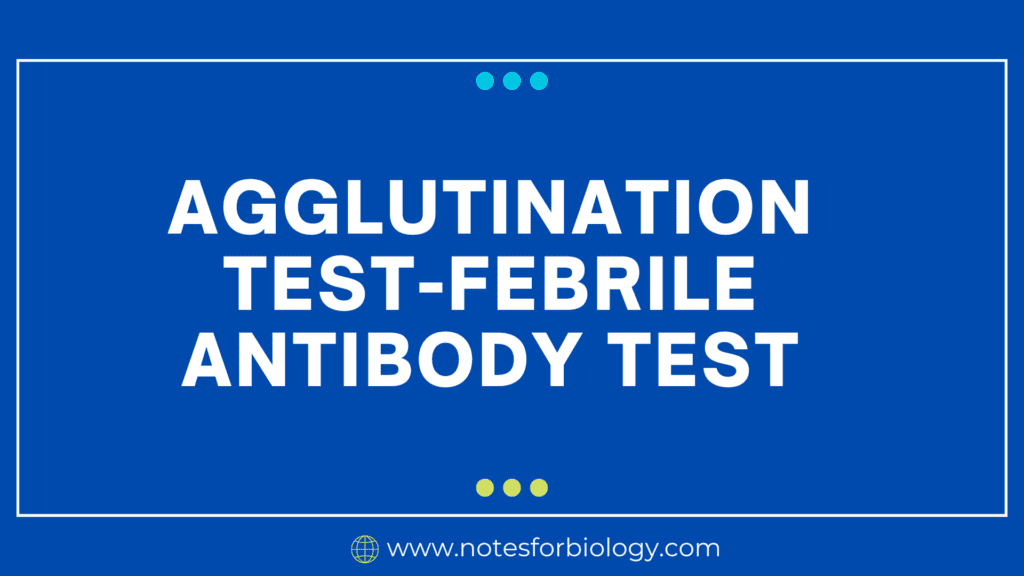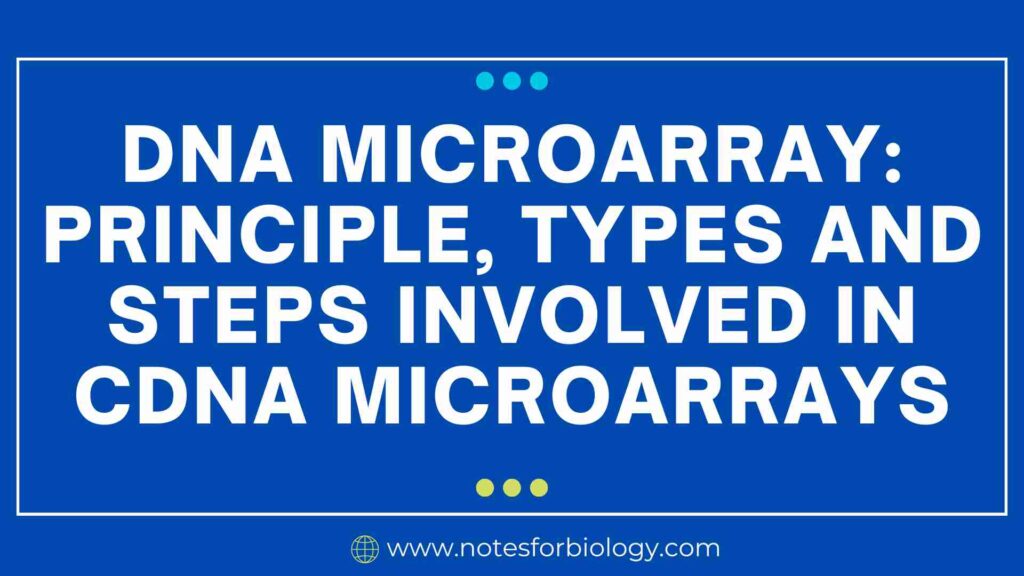Mycobacterium leprae- general characteristics, habitat and virulence factors
Mycobacterium leprae is a unique pathogen adapted to intracellular survival within human hosts, causing the chronic infectious disease leprosy. Its complex cell wall structure, ability to evade immune responses, and neuropathogenicity contribute to the diverse clinical manifestations observed in affected individuals. Understanding the molecular and pathophysiological mechanisms of M. leprae infection is crucial for developing […]
Mycobacterium leprae- general characteristics, habitat and virulence factors Read More »










